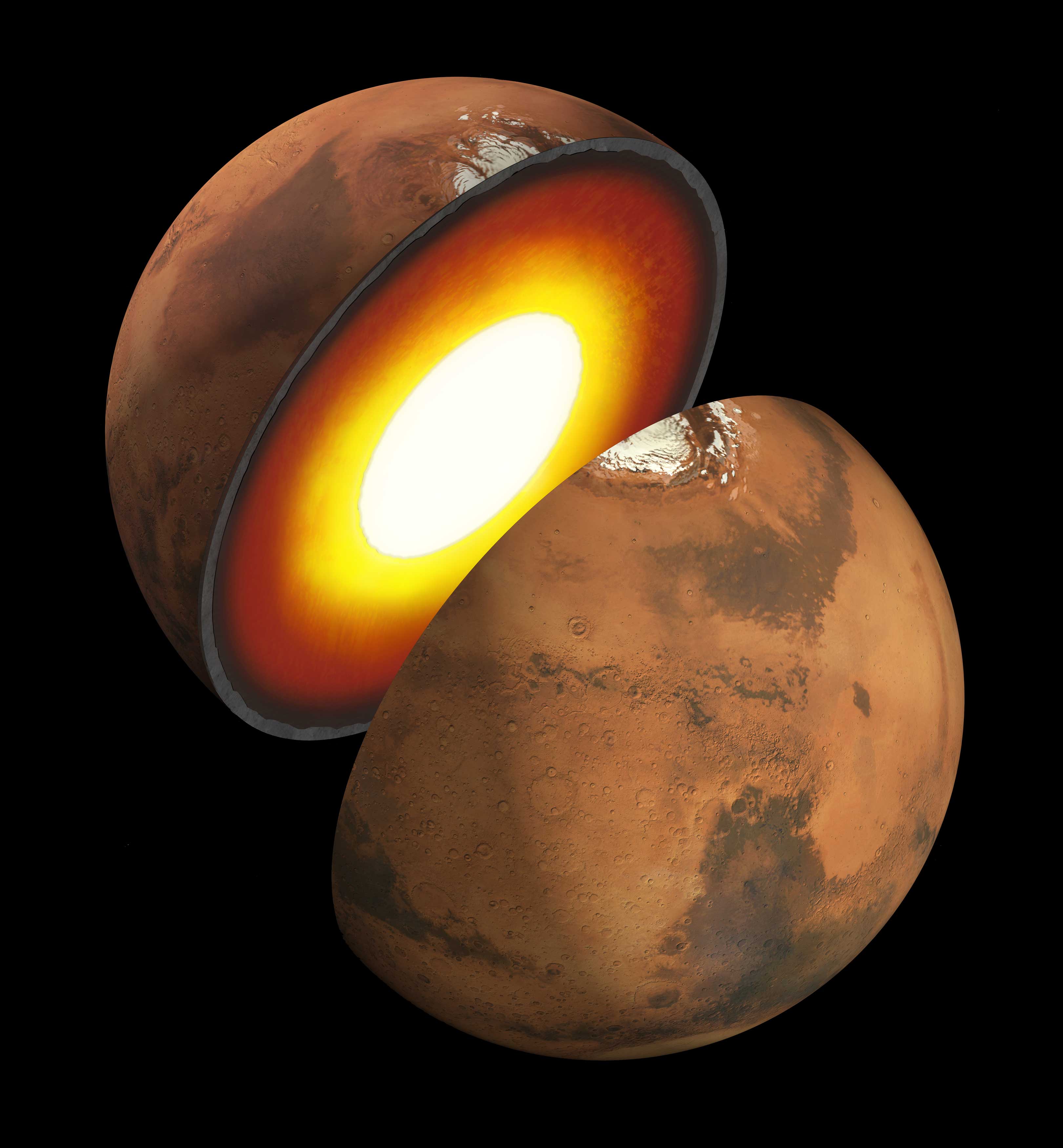 NASA's Insight Lander as landed on the surface of Mars. It landed at 9:00 AM, New Zealand Daylight Time (3:00 PM, Eastern Time). Let's know some facts and information about the spacecraft.
NASA's Insight Lander as landed on the surface of Mars. It landed at 9:00 AM, New Zealand Daylight Time (3:00 PM, Eastern Time). Let's know some facts and information about the spacecraft.- Launch Date: 5 May 2018, 11:05 PM NZST (New Zealand Standard Time)
- Launch Location: Vandenberg Air Force Base, California
- Landing Site: Elysium Planitia, Mars
- Cost: 828.8 million USD
- Manufacturer: Lockheed Martin Space Systems
- Contractor: United Launch Alliance
- Insight has launched to study Mars.
Here is an image which shows facts about NASA's InSight.

- There are two goals in the mission
- To understand how rocky planets have formed and involved and know about the structure:
- The size of the core, what it is made of, if it is liquid or not.
- Thickness and structure of the crust.
- Structure of the mantle and what it is made of.
- How warm the structure is and how much heat is still flowing through.
- How tectonically active Mars is today, how often meteorites impact it. It would measure:
- How often meteorites hit the surface of Mars.
- How powerful and frequent internal seismic activity is on Mars. Where it is located within the structure of Mars.
Some people might be thinking, why Mars? Why is the spacecraft viewing Mars?
Well, spacecraft which have been to Mars have investigated the history of Mars' surface by features like volcanoes, canyons, soil and rock. Comparing other terrestrial (rocky) planets, Mars has been never too big or too small. This could mean that it could have a record of the formation and how terrestrial planets formed. Landers like NASA's InSight can reveal how active Mars is.
InSight Overview | JPL
Landing
NASA's Insight had landed 7 minutes and one second before prediction, 9:52:59 AM (New Zealand Daylight Time), 11:52:59 AM (Pacific Time), 2:52:59 AM (Eastern Time). The mission is going to last for 1 Mars year; 709 sols (the name for 'day' in Mars), that means ~ 2 Earth years; 728 Earth days.
Images
There are three images taken, from the landing.
Below is a video from SciNews about the Landing. Watch the whole video.
Landing Video | SciNews
NASA's InSight landing - Explained? | SciNews
What I've Learnt
InSight Overview | JPL
Landing
NASA's Insight had landed 7 minutes and one second before prediction, 9:52:59 AM (New Zealand Daylight Time), 11:52:59 AM (Pacific Time), 2:52:59 AM (Eastern Time). The mission is going to last for 1 Mars year; 709 sols (the name for 'day' in Mars), that means ~ 2 Earth years; 728 Earth days.
Images
There are three images taken, from the landing.
| First image token after landing - Instrument Context Camera (ICC) |
| Instrument Context Camera (ICC) |
| Instrument Deployment Camera (IDC) |
Below is a video from SciNews about the Landing. Watch the whole video.
Landing Video | SciNews
NASA's InSight landing - Explained? | SciNews
What I've Learnt
- The spacecraft launched on 5 May, 2018, 11:05 PM.
- The spacecraft was launched at Vandenberg Air Force Base, California.
- The spacecraft's landing location: Elysium Planitia, Mars
- The cost is 828.8 million USD.
- The manufacturer was Lockheed Martin Space Systems.
- The contractor was the United Launch Alliance.
- There are two goals in the mission
- To understand how rocky planets have formed and involved and know about the structure:
- The size of the core, what it is made of, if it is liquid or not.
- Thickness and structure of the crust.
- Structure of the mantle and what it is made of.
- How warm the structure is and how much heat is still flowing through.
- How tectonically active Mars is today, how often meteorites impact it. It would measure:
- How often meteorites hit the surface of Mars.
- How powerful and frequent internal seismic activity is on Mars. Where it is located within the structure of Mars.
- The spacecraft which have been to Mars have investigated the history of Mars' surface by features like volcanoes, canyons, soil and rock.
- Comparing other terrestrial (rocky) planets, Mars has been never too big or too small.
- This could mean that it could have a record of the formation and how terrestrial planets formed.
- Landers like NASA's InSight can reveal how active Mars is.
- NASA's Insight had landed 7 minutes and one second before prediction, 9:52:59 AM (New Zealand Daylight Time), 11:52:59 AM (Pacific Time), 2:52:59 AM (Eastern Time).
- The mission is going to last for 1 Mars year; 709 sols (the name for 'day' in Mars), that means ~ 2 Earth years; 728 Earth days.
I hope you like the post. Comment down if you have learnt anything new. Have a cool day!! Bye!!